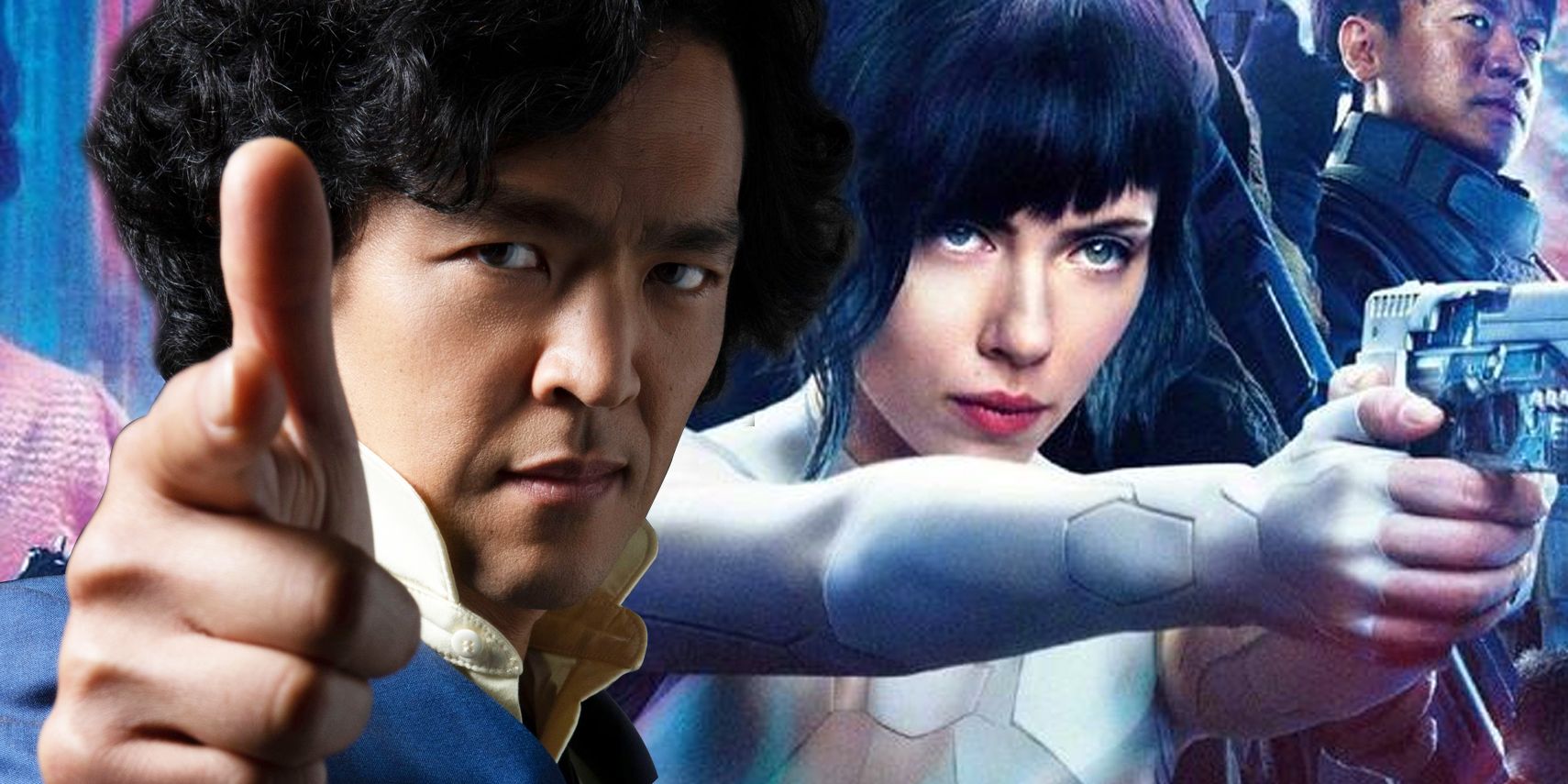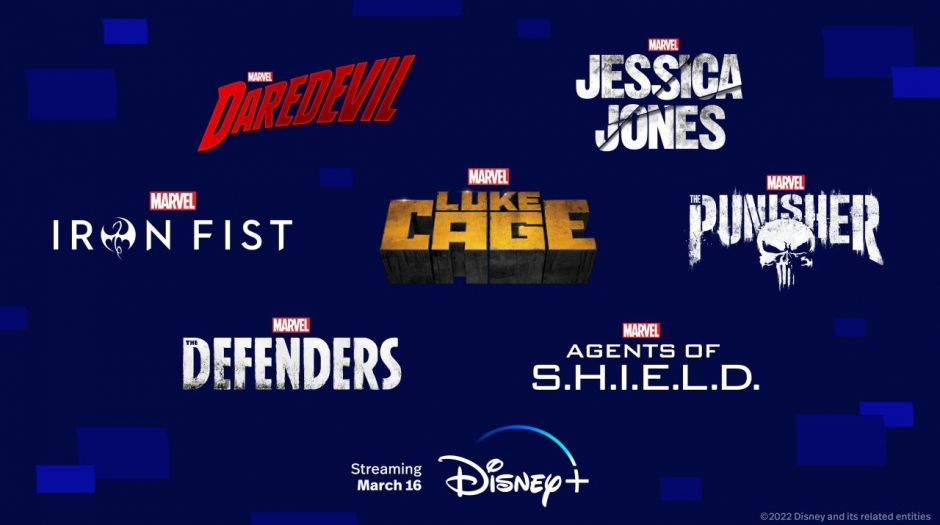The only thing that divides anime fans into aggressive factions more than localizations is live-action adaptations. Regardless of the film’s quality, some fans are convinced that such adaptations are blasphemous in nature.
Whether it’s anime fans protecting their favorite entertainment or the fact that there are certain things only anime can do, filmmakers looking to adapt a certain anime into live action must accept these harsh facts as soon as possible.
ten Even the best special effects can’t recapture the magic of animation
Anime as an art form is one of the most exciting uses of animation ever seen. Keeping in mind the strengths and limitations of animation (such as frames per second), anime creators portray incredible combat and dramatic sequences in a way unique to the medium. Therefore, repeating these same moments but in live-action always loses something in translation.
concrete examples, Alita: battle angel and Speed runner. Both are considered the best visual anime adaptations and even then some felt Alita fell from the strange valley as Speed race the cartoonish energy was chaotic for detractors. The issue here is the filmmakers’ desire to replicate characteristics of the anime rather than using the live-action’s own signatures.
9 The anime’s visual storytelling cannot be replicated in live action
Anime is more than just a drawing style; it is a mixture of animation and filmmaking techniques like editing, music, sound design, etc. A good example of this is JoJo’s Bizarre Adventure, which achieved immense popularity thanks to its visual eccentricities like well-timed stills, Stand sound effects, and visible onomatopoeia.
Since these don’t translate well to live-action, they were naturally dropped for JoJo’s Bizarre Adventure: Diamond Is Unbreakable Chapter I but it turned out to be detrimental. Josuke and Crazy Diamond’s fights weren’t as exciting as they were because of these flourishes, and their absence from the live action dampened source material famously energetic.
8 Replicating iconic images and shots without context is an exercise in futility
A popular way for live-action adaptations to pay homage to their animated origins is to have the actors recreate the most iconic moments and poses. For example, many scenes from ghost in the shell were shot-for-shot remakes of Major Motoko Kusanagi’s most memorable actions and stances, but with Scarlett Johansson miming them.
Although the intention is understandable, it only produces the opposite effect of what was hoped for. In addition to reminding fans of a classic scene rather than giving them something new, it also shows that the filmmakers understood these moments from a superficial perspective. Instead of the visual climax of a scene, they only saw a pose to imitate.
seven An anime’s distinct art style cannot be recreated in live-action
One of the most unique things about anime is that it’s literally manga brought to life. Despite the usual adaptive tweaks and changes, anime are almost always individual visual realizations of the mangaka’s ideas and worlds. By featuring real people in the real world, live-action adaptations can never duplicate this eye-catching feature.
For example, Bleach and tokyo ghoul are two of the most visually arresting anime of the 2000s and 2010s. Bleach is known for her colorful punk aesthetic, tokyo ghoul stands out for its preference for dark and edgy sensibilities. In contrast, their films are both muted contemporary urban fantasies that are almost indistinguishable from each other.
6 Appearance and fashion of anime characters can look awkward in live-action
Anime is an exaggeration of human experience and imagination, and nowhere is this more evident than in the character designs. For example: different hair colors, impossible realistic physiques, and vibrant costumes are all extensions of a character’s archetype and personality. While these look natural in the anime, they look like live-action cosplay at best.
Take the classic gag anime Gintama for example. In Gintama, the colorful looks of the Odd Jobbers are the most normal aspects of a feudal Japan colonized by aliens. In live-action, they (and everyone else in costume) stand out against an otherwise realistic backdrop. No matter how good the film, this visual dissonance can knock some viewers out of immersion.
5 Anime’s exaggerated actions and expressions are impossible to recreate
Generally speaking, anime exaggerates the human experience. Whether for comedic or dramatic effect, the characters’ body languages and facial expressions are pushed beyond their limits to sell the scene. Recreating this in live-action is an exercise in futility because it ignores the strengths of live-action, such as subtlety.
At best, an actor mimicking an anime character’s hyperbolic movements and reactions would be described as hammy aggression. More often than not, they are fired for trying too hard. city hunter (2019) is the rare exception to the rule, since goofy slapstick is synonymous with anime. But even then, city hunter was more of an acquired taste than a universal success.
4 There will never be enough movies to tell a complete story
Normally the longest any movie can be around three hours. And even then, that’s not enough to tell an anime’s story while doing justice to its world and characters. Series like Rurouni Kenshin movies are the exception. The sad reality is that films based on sprawling cartoons tend to be flat like Immortal’s Blade do.
If Manji and Rin Asano’s most recent anime was a 24-episode study in revenge, their 2017 film was a two-hour excess of character arcs and storylines that still felt rushed and incomplete despite its length. of execution. Immortal’s Blade is not such a serious case as Fullmetal Alchemist, but it would have done better as a film series than a standalone film.
3 Drastic deviations from the plot of the anime are necessary
Much like comic book movies, live-action cartoons recap or re-enact the original stories. Sometimes it’s a creative decision, but usually it’s a practical choice because the source material is either still in progress or too long to condense. the Gantz the films loosely adapted the death game from the anime as the manga’s scope was too broad.
One of the most extreme cases was the two-part one The attack of the Titans movie, which had to rewrite almost everything since it was made even before the second season premiered. If the anime was a dark fantasy with a larger scope and setting than it initially implied, the movies were a post-apocalyptic warfare set in the real world and comparatively smaller.
2 Non-Japanese adaptations will always lose something in translation
As controversial as live-action anime are, the polarization is far worse for western adaptations. While the hostility towards the American adaptations could be argued as putting the anime on too high a pedestal, there’s some truth to that. In short, anime is uniquely Japanese, and foreign remakes almost always misunderstand or ignore this national context altogether.
The worst nonsense is without a doubt Death threat and Dragon Ball Evolution, which respectively flattened social commentary and homage to local mythology in young adult fluff. Whether intentional or not, it comes across as a Western culture’s condescending choice to dumb down complex material it doesn’t understand or respect.
1 The reception of live adaptations will always be divisive
For some people, anime is a lifestyle. In fact, hardcore fans may get territorial and view any live-action adaptation as an affront. On the other hand, there are those who don’t consider anime a sacred art form and are willing to give new interpretations a chance. This debate has been raging for years, and Netflix cowboy bebop was just his latest flashpoint.
From the moment it was announced, cowboy bebop was subjected to intense vitriol and prayers for its failure. It’s even gotten to the point where conversations about its actual quality have been overshadowed by endless online debates. Neither side of the argument is changing their minds any time soon and that is unfortunately the status quo for the foreseeable future.
About the Author




